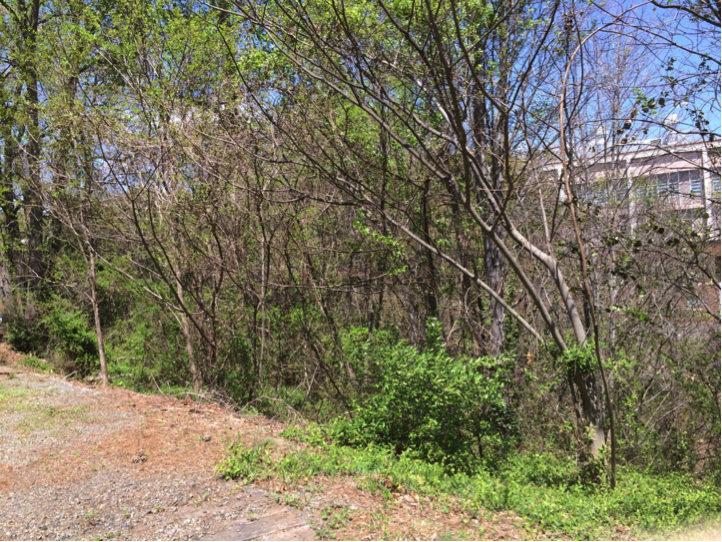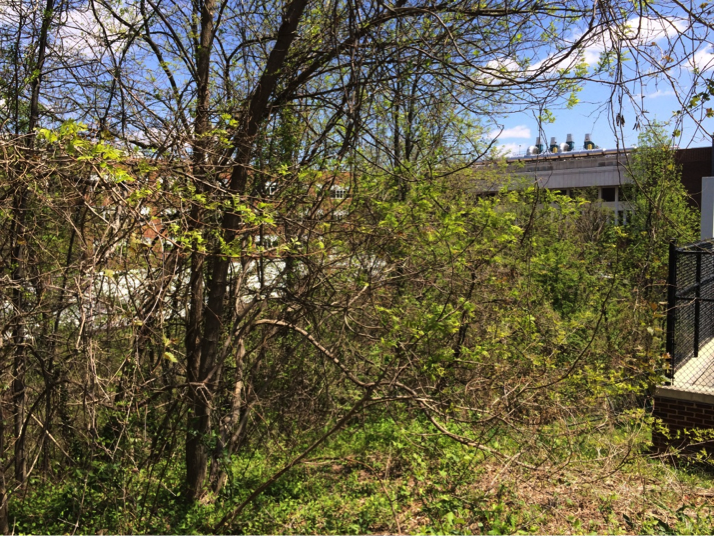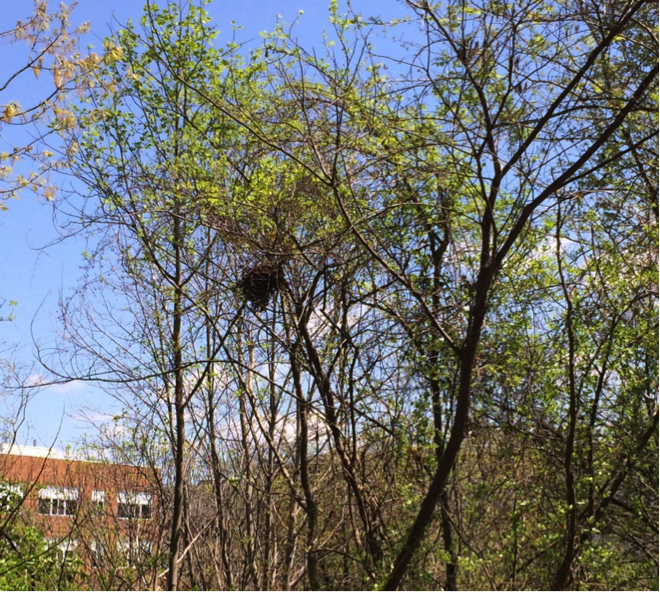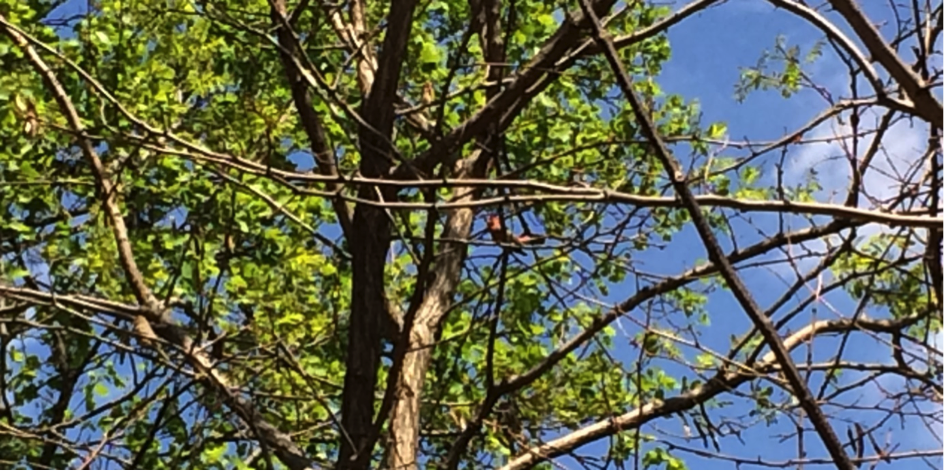When my BioGrounds team first decided to blog on different species of birds, I had no idea where I would find birds to observe on Grounds. I thought Grounds would be difficult due to the lack of large, open green spaces, but this project has opened my eyes to how nature exists in even the most urban areas.
One afternoon, around 12 P.M., I was walking to class from the AFC and heard what seemed like a squabble taking place between a cluster of birds. I stopped and realized how easily I could have missed out on this great bird sighting. I have become so accustomed to birds in my daily life that bird calls no longer spark my attention. My immediate reaction was, “How are there so many birds in this area full of buildings?” Looking again, I realized the large amount of trees, brush, and overall green space located in the alley between the AFC and Gilmer Hall that no one ever gives the time of day. I quickly walked down off the sidewalk until I was completely submerged by trees. I felt as if I was no longer on Grounds going about my busy day, but relocated to a natural ecosystem full of loud bird chirping. I sat down and just listened in hopes of understanding more about the many birds surrounding me.


As I listened, I observed what seemed like a quarrel going on between the birds on one side of the brush and the birds on the other, but the birds perch in the tops of the trees made it almost impossible to identify them. Luckily, minutes later, a swarm of birds flew out of the trees as one side of the brush passed overhead moving towards Gooch/Dillard Housing. From a few that flew lower and stopped on branches within eyesight, I could classify the small but ferocious chirping bird as a Bachman Sparrow. As I continued to sit, listen, and watch for birds, I noted an American Cardinal sitting in the top of one of the largest trees, and a Red Crossbill that landed extremely close to me. Within thirty minutes I had seen three different species of birds! I felt as if I had hit the treasure chest without even realizing this natural space existed. As I left to walk towards my next class, I also noted a large bird’s nest high in one of the overarching trees. This brush located in the midst of the UVa campus had become home to many types of birds.


Although the Red Crossbill and the American Cardinal were exciting to spot, I wanted to share more about the Bachman Sparrow. The large number of Bachman Sparrows I was able to observe was astounding! Learning more about them through research, I understand how lucky I was to have been in the presence of so many as early as March because they are usually only this far north in the summer. The Bachman Sparrow is a southeastern bird that usually lives in pine woods or oak-palmetto scrub hidden away from humans except for when the breeding males sing from low, exposed branches. Bachman Sparrows are one of the larger sparrows about half a foot long with a long, rounded tail. The coat of a Bachman Sparrow is made up of streaks of gray and brown with a light gray chest and face.1
Although some people might find the Bachman Sparrow less interesting than the Red Crossbill or the American Cardinal, I really enjoyed perceiving how the Bachman Sparrows interacted with each other and learning more about the bird that I see the most frequently while in Virginia.
http://www.youtube.com/watch?v=KrE6QJySss4 (The Bachman Sparrow song)
Referenced Material:
Post by Julia Johnson